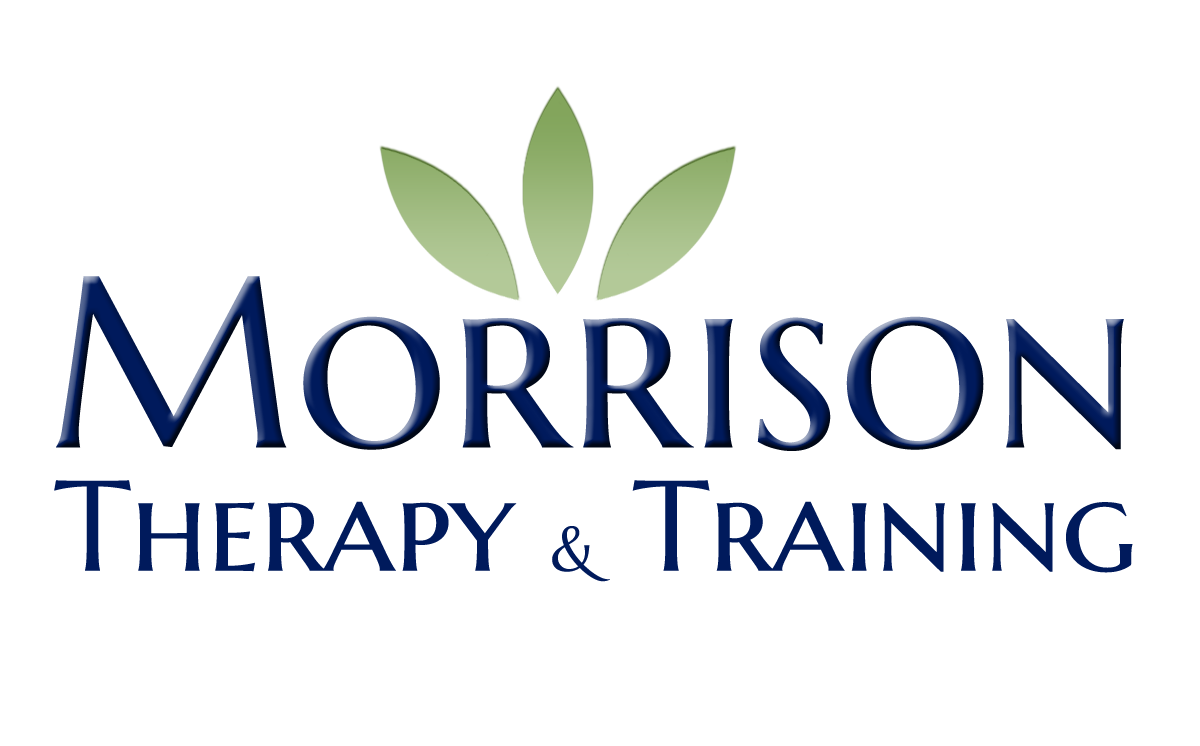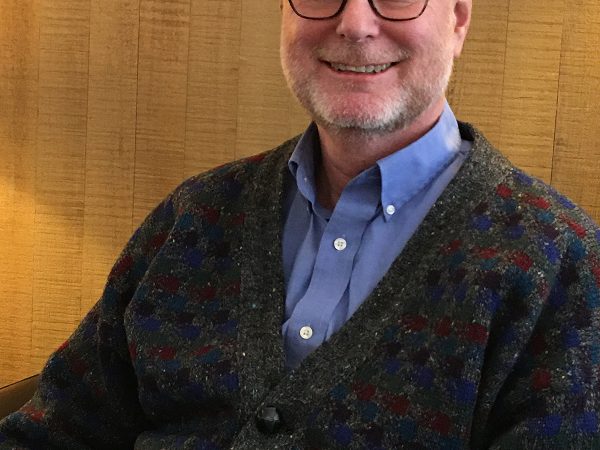
“He or she who is the most capable of being uncomfortable rises the fastest. There is a huge correlation between a capacity for discomfort and wholeheartedness. If you cannot manage discomfort, that sends you barreling into perfectionism, blame, rationalizing–without taking away key learnings.”
(Brené Brown to Time Magazine, September 2015)
The notion of being with what’s uncomfortable feels oxymoronic to most clients. Naturally, people think, “I don’t like this feeling; I need to make it go away by doing or thinking something else!” This avoidant reaction, however, leads to irrational processes that circumvent the actual learning that’s available in the pain and adjourns its resolution. I lead clients into sitting next to what’s uncomfortable while remaining emotionally regulated. Maintaining emotional regulation is key or our clients will miss the value of being with the experience by immediately trying to fix the discomfort.
Key phrases you will hear a client say are, “I feel angry and frustrated…” or “I don’t like this part of me…” In these moments we want to guide our clients by saying, “You are sensing something in you that is really angry, let’s pause here for a moment.” We want to encourage them to take a moment to be with what is making them upset. From there we want to encourage them to realize their mood does not define them. They can keep company with their negative feeling/sense, and just be. This regulated way of staying with uncomfortable feelings, Brené Brown says, is the beginning of the true ability to overcome failure and pain, and to heal.
Being with and not defined by pain, distress, fear, etc. is also a key aspect in change itself. Being able to turn toward discomfort without drowning in it or fleeing from it is the first big step in the change process. Clients are not able to do this very well unless they have someone who knows how to bring them up to the edge of discomfort and safely guide them into their bodily experience. Here is where clients can begin to tap into and learn to trust what they bodily know but have turned away from in the past. This process is not a kind of pushing through the discomfort. It is a way of being with the discomfort, so the body can proceed with its natural healing process.
Would you like to be able to do this smoothly and confidently with clients?
Check out my training page for upcoming FOT-1 workshops.



